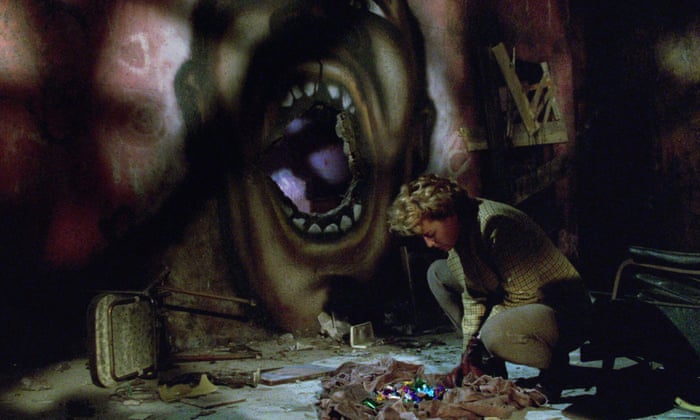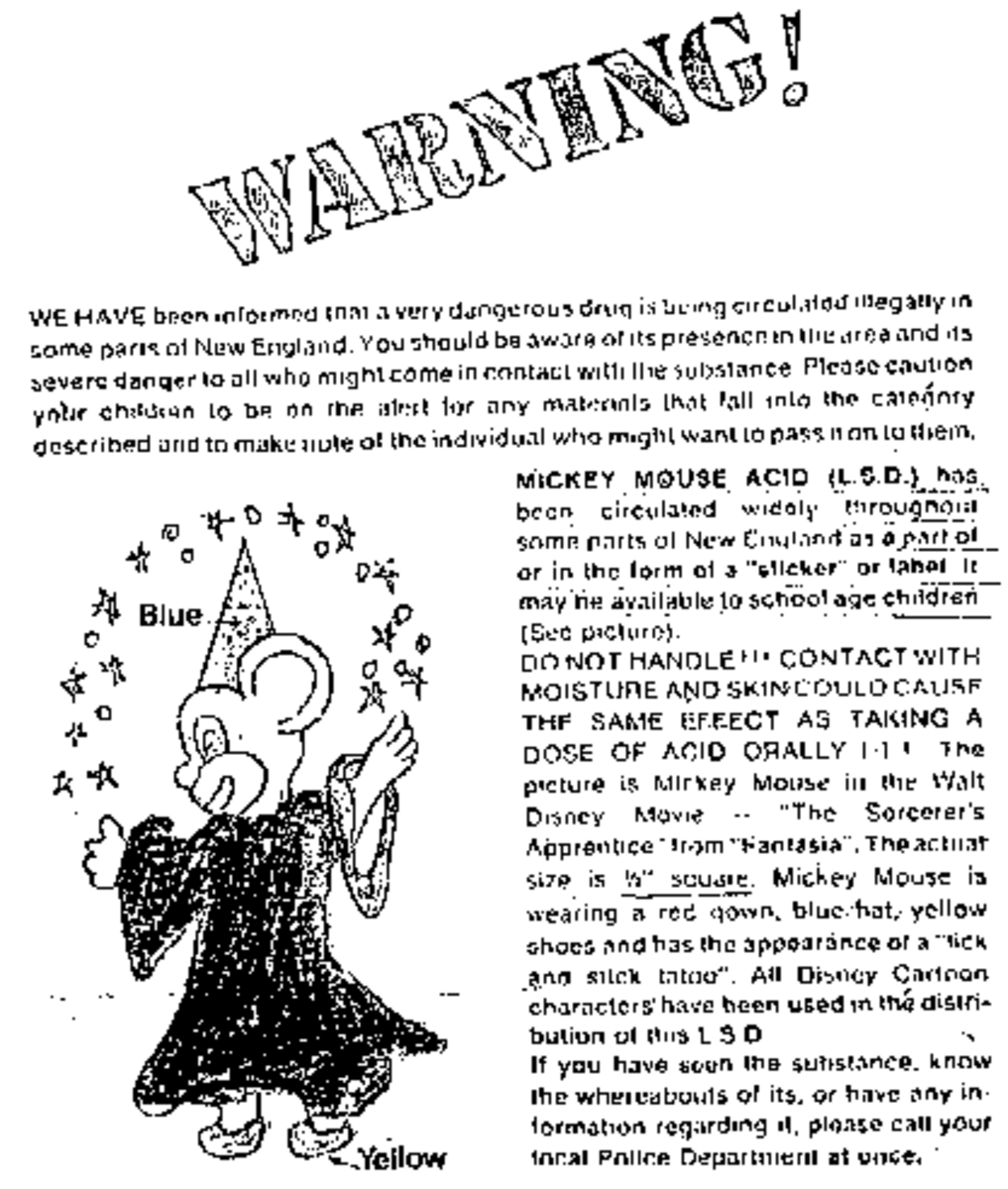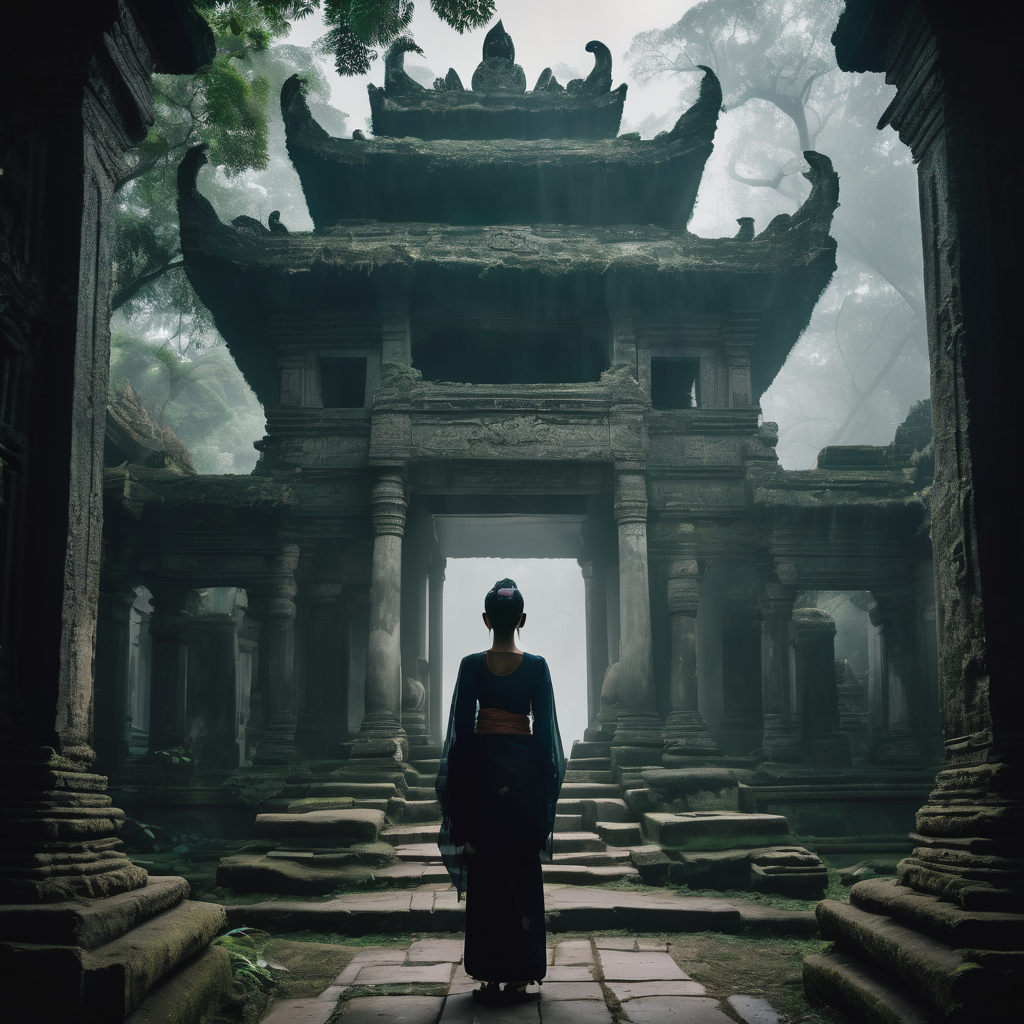Have you ever wondered why urban legends keep us awake at night? These modern folklores tap into our deepest fears, spreading like wildfire through generations of whispered conversations and late-night storytelling sessions. Beyond their entertainment value, urban legends serve as mirrors reflecting our collective anxieties and societal fears.
The human mind processes fear in fascinating ways, particularly when confronted with stories that feel both distant and unnervingly close to home. Urban legends exploit this psychological vulnerability by combining familiar settings with elements of danger and uncertainty. These tales often feature everyday scenarios gone horrifically wrong, making them particularly effective at triggering our survival instincts.

Image credit: The Guardian
Modern urban legends have evolved alongside our changing society, perfectly capturing contemporary fears and technological anxieties. What started as campfire stories have transformed into viral social media posts and instant messages, yet they maintain their power to terrify. These stories continue to adapt, incorporating modern elements while preserving their core ability to unsettle us.
The Anatomy of a Classic Legend
Perhaps no urban legend better exemplifies this psychological impact than The Babysitter and the Man Upstairs. This chilling tale follows a teenage babysitter who receives increasingly disturbing phone calls while watching children in a seemingly safe suburban home. The story masterfully plays with common anxieties about vulnerability and responsibility.

Image credit: HubPages
The babysitter legend gained particular momentum during the rise of suburban living in America, reflecting genuine concerns about safety in supposedly secure neighborhoods. While various versions exist, the core elements remain consistent – a young babysitter, mysterious calls, and the horrifying revelation that the caller is inside the house. These elements tap into universal fears about invasion of personal space and threat to innocence.
What makes this legend particularly effective is its grounding in plausible circumstances. Many teenagers have experienced babysitting, making the scenario relatable and the threat feel personal. The story exploits our fear of the unknown while playing with the familiar, creating a perfect storm of psychological tension.
Modern Myths in the Digital Age
Today’s urban legends have adapted to our technology-driven world, incorporating elements of social media, smartphones, and digital communication. These contemporary versions reflect our modern anxieties about privacy, online safety, and the dark side of technological advancement. Yet they maintain the same psychological impact as their traditional counterparts.
Social media platforms have become the new campfire, where urban legends spread rapidly through shares, likes, and comments. These digital platforms allow stories to evolve in real-time, with each retelling adding new layers of complexity and fear. The immediate nature of online communication has made urban legends more dynamic and responsive to current events.
Despite their evolution, urban legends continue to serve their traditional role as cautionary tales and reflections of societal fears. Whether shared through whispered conversations or viral posts, these stories remain powerful tools for expressing and processing our collective anxieties. They remind us that while the medium may change, our fundamental need for these cautionary tales remains unchanged.
Categories: Do you know, Folklore, Horror, Modern Myths, Psychology, Urban Legends
Tags: digital age, folklore, Modern Myths, psychological horror, scary stories, social anxiety, Urban Legends, viral stories
Religion: Various
Country of Origin: United States
Topic: Urban Legends
Ethnicity: Various


